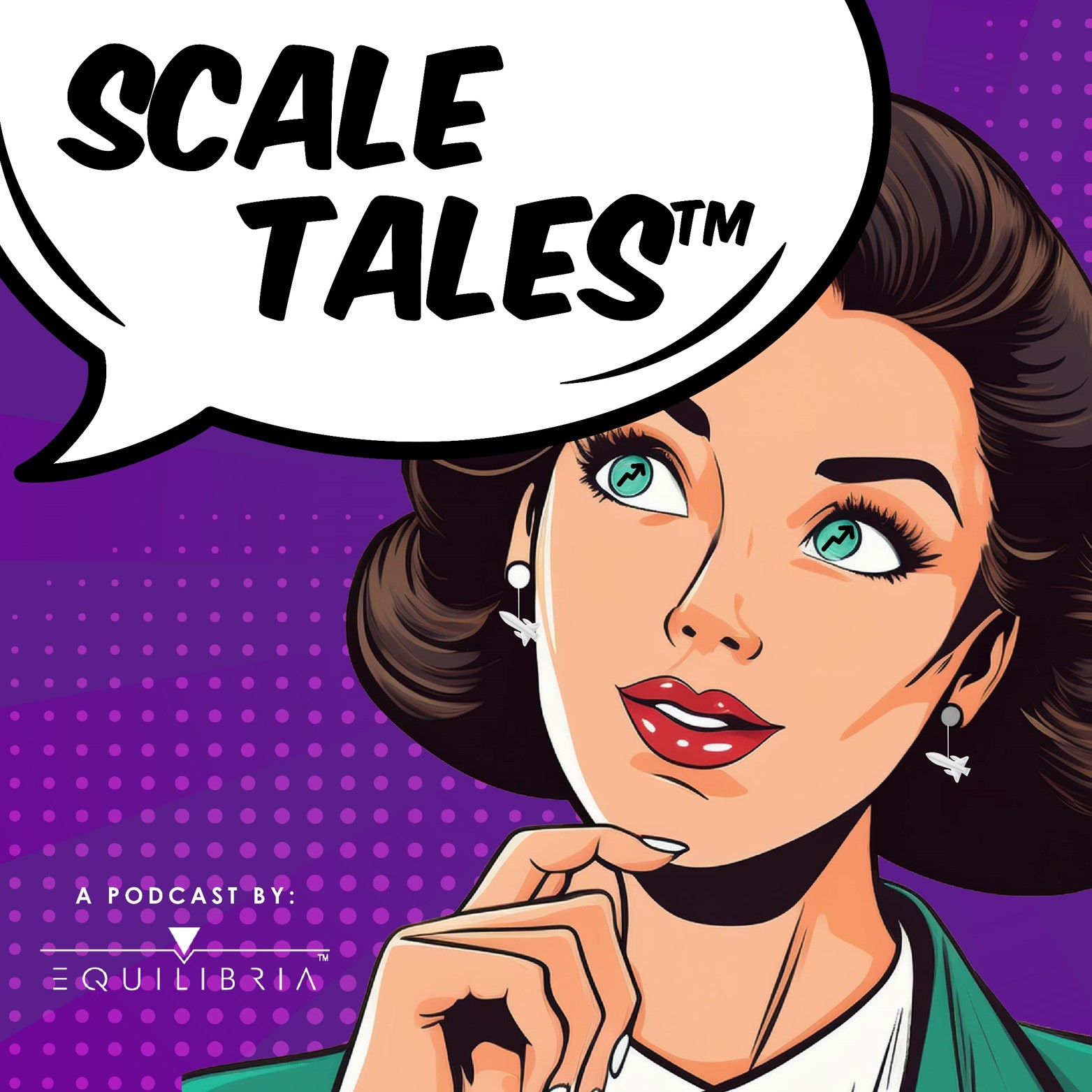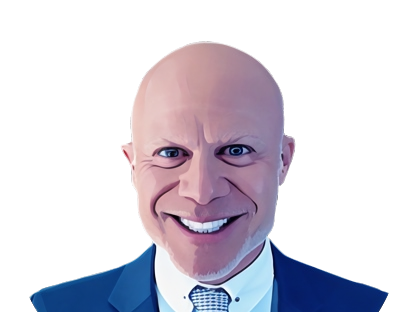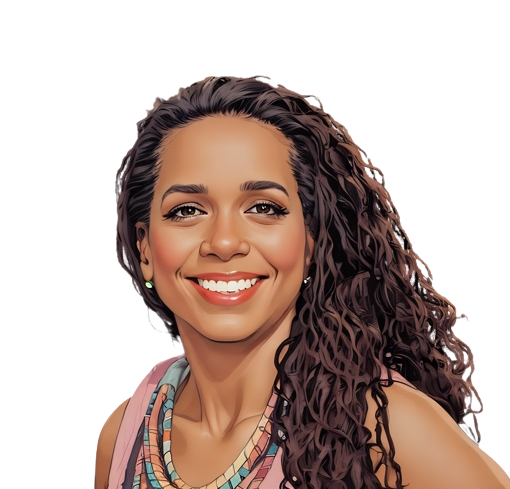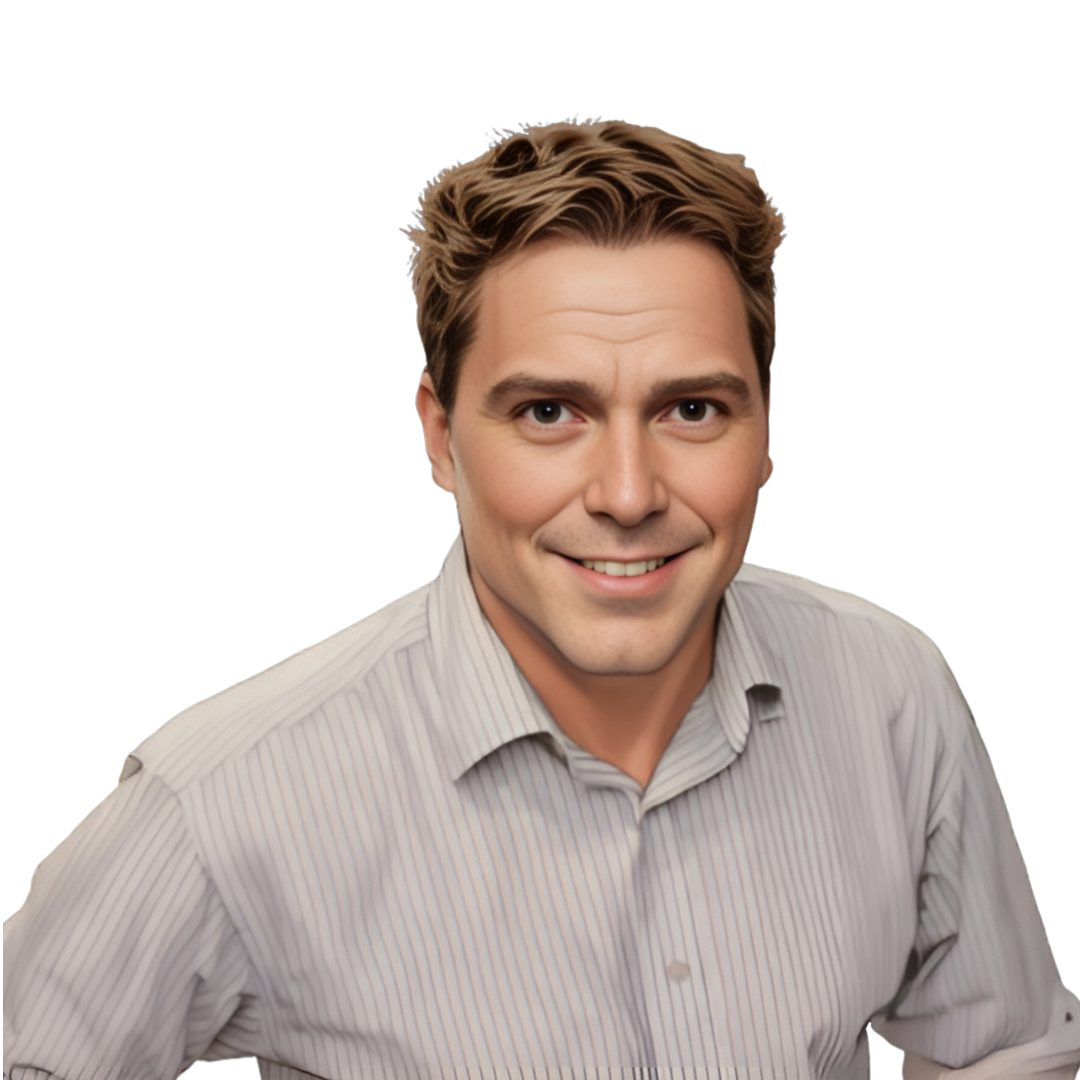Transcript
This episode is brought to you by Equilibria, Inc. Equilibria provides training to assist fast-growing companies in documenting and improving their key processes for maximum operational performance. Visit EQBsystems.com to stop the chaos of fast growth and start flowing today! EQBsystems.com.

Welcome to Scale Tales – the business storytelling podcast where entrepreneurs, executives and experts share firsthand accounts of those magical moments when they achieved something bigger than even they could have imagined.
I’m Alicia Butler Pierre and I don’t know about you, but I’ve learned so much from the guests on this show and how each of them used different strategics and tactics to scale reach, impact, and revenue. This very show has paved the way for major scale here at Equilibria, the company that underwrites this show. So when someone asked me if I had shared any stories yet, it dawned on me that, yes, I have many scale tales to share with you and I should share them with you! This episode is a little different than the others because it’s a monologue and you’ll only hear my voice. Okay, this is going to sound weird introducing myself in the third person, but…here goes.
This is Ep. 26: How Alicia Butler Pierre Built Business Infrastructure that Enabled a Company to Achieve $3 Billion in Transactions
Hi, I’m Alicia Butler Pierre, the founder and CEO of Equilibria, Inc., the company that is actually behind this podcast. I’m currently in Atlanta, Georgia, which is in the southeastern part of the U.S., and this is my scale tale.
It started back in June of 2019 when I received a phone call. Now what was interesting about me receiving a phone call from a referral, a prospective client is that that is not usually how it happens.
Referrals usually come in via email, LinkedIn messages, the website, but almost never a phone call. So that’s the first thing that struck me. The second thing that struck me was when
this CEO told me his name, his full name, and I remembered thinking, There’s only one other person that I’ve ever met who has that same last name. I wonder if that’s how this person found out about me? So the CEO started describing to me the situation that he was in.

He had recently become CEO of a family-owned business that had been in operation for about 30 years at that point. And as he was taking over, he realized there was quite a bit of
culture change that needed to happen because he had these very big ideas for growth and he instantly saw the potential. This company is in the payment processing business and I won’t say too much more about that because I don’t want to give too many qualifiers about them, this was an initial call, I don’t know anything about him. Again, I was not expecting this call.
So I’m just listening and I’m taking as many notes as I possibly can as he’s sharing with me his vision. And of course he’s also being careful to not reveal too much information because
at that point there was no non-disclosure agreement in place or anything like that. So toward the end of this particular call, I had to ask him, How did you find out about me? And
that’s when I learned that, yes, in fact, the other person that I know who has the same last name as him, that in fact is his wife. Now here’s what’s interesting.
I had last seen his wife 10 years prior to this phone call. Remember this is June 2019. The last time I had seen his wife was in 2009. We were both members of what’s known as a closed networking group. That networking group was called Power Corps.
And his wife and I, that’s where we first met. We were members of this particular chapter and we as well as the other members would get together every week from 7:00 am to 8:30 am
and we would educate each other about our respective businesses. The idea was that by educating your other team members, those other team members in fact serve as an external
salesforce, if you will. A salesforce that’s not necessarily getting paid. But it is our responsibility as members of this organization for us to constantly be on the lookout of how
we can refer business to each other.
That referral from his wife was literally 10 years in the making. The call ended with us scheduling an onsite initial consultation, an official initial consultation. The reason this was
onsite is because I realized that they were also located in the Atlanta, Georgia area. Now, when I am preparing for an initial consultation, there’s quite a bit of research that I go
through. I go to the company’s website, I do research on the executives or the leadership team.
I start writing down questions. I reflect on the conversation that we may have had leading up to that initial consultation. I’m also trying to look into the future, and try to think of some of
the things that might be plaguing them just based on the information that I may glean from reading things online as well as what has been shared up to that point. Another important thing that I do in preparing for an initial consultation, even if it is done remotely, is I almost always get a mutual non-disclosure agreement in place that just makes sure that we are
protecting each other and that as things are revealed to me, I may also reveal certain things about my company and the specific things that we may do or our ways of working that may be proprietary. It’s also just a sign of good faith and just good business practice.
I remember as I was preparing to drive to this initial consultation, thank goodness for the app known as Waze, because Waze predicted it would take about 50 minutes to get there.
So I gave myself 90 minutes. This was partially because of the distance from where my office is located, but also because traffic was just really, really horrible. But I remember driving
there and as I pulled up into this office park where their building is located, I was instantly struck by the size of the building.
And I remember thinking, Wow, this is official! Not that I expected it to be unofficial, but this, this was an official, legit business. I remember parking and then walking up to the double glass doors that led to the building. This wasn’t a situation where you could just walk in.
You had to buzz in. So I pressed the buzzer that was located to the right side of one of the glass doors, and I could hear a receptionist greet me. And she wanted to know, you know,
who are you, why are you here, and who are you here to see? So I said, “Hello, my name is Alicia Butler Pierre. I’m representing Equilibria, Inc. I’m here to see the CEO.”
Of course, I said his actual name, and she said, “Okay.” And I was buzzed in. I walked through the door, and I remember having to also sign in. I had to sign my name. And then they
printed an actual visitor badge for me that I had to wear, that I had to put on my clothes. And I sat down in the lobby area for about maybe 10 minutes. And instead of the CEO
coming to greet me, it was actually the company’s COO, who is a fantastic person as well. And he introduced himself to me.
And then he asked that I follow him into a conference room. And this conference room was very large. That personally excited me because I could already envision having a really
dynamic brainstorming session. And the fact that they would have the room to house several people was really exciting for me to see.
So the CEO eventually comes into the room, and he’s talking and he’s sharing his vision, and he has a very audacious goal. At that point, the company was doing about 10 to 15 million in
revenue. He had a dream, a goal to get to 30 million within the next three years. And I’ll never forget the look on the COO’s face being one of almost disbelief, like, Okay, let’s not get ahead of ourselves here. So looking back on it, that was pretty funny. But I’m just listening, I’m taking as many notes as I can, and I’m asking questions along the way.
But it’s really about the leadership that was in the room and listening to them and just asking questions, very much like I do when I’m interviewing people on a podcast. I’m listening. And
then I will ask questions every now and then just to make sure that I have a really good understanding of what I’ve heard and also to ask questions to clarify certain things that they
may have said. I also ask questions so that I’m very clear about the direction that they want to move in.
So that initial consultation ended and it ended with me saying, “Thank you so much for providing me with all of this information. I’m going to go back to my office, I’m going to reflect on everything that’s been shared with me, review the notes that I’ve taken today, previous notes that I’ve taken during that initial phone call that we had, and I’m going to put together a proposal and from there we can discuss what the next steps will be.”

So I send the proposal and it was accepted and we decided to do what the first two elements of a business infrastructure framework that I created. Those first two elements are called the
Business Parts Analysis and the Business Design Blueprint. And for those of you who’ve been following the other podcast that we have, the Business Infrastructure Podcast, I’m sure these
things sound familiar to you or if you’ve read my book, this framework might be familiar to you as well. The way that session begins, it starts with sharing this document. For those of
you who don’t have the benefit of seeing me on video and you’re listening to the audio only, I am holding up an 11 by 17 sized laminated sheet of paper that contains a list of all kinds of topics.
These are topics related to accounting and finance, marketing, sales, business development, operations, research, HR, technology, compliance, risk management, facilities management.
The idea is to use this as a guide to brainstorm all of the tasks or activities that are performed in a company, no matter how complex or how mundane. The real power in this exercise is to also have conversations about things that you recognize you should be performing in your company, but you may not currently be performing at this time.
As this brainstorming session is going on, I’m literally standing up in the front of the conference room and I’m writing down by hand every single task that is being dictated to me. And there were about, maybe I would say anywhere from 10 to 15 people in the room because some people would have to leave because they still have a business to run so people would come in and out of the room. But the power behind writing everything down on these very large post it notes is that everyone had the benefit of being able to see what was being said, even though they may not have been in the room at the time something was shared. Once they came back into the room, they had the benefit of seeing that information on the wall.
Imagine there’s this very large easel pad. Each sheet of the pad has an adhesive surface behind it. I’m writing down as many tasks as I can onto each sheet. And as each sheet is completed or covered with tasks, I rip that sheet off the easel pad and then it is placed against the wall.
I call it the wallpaper because by the time the session ends, the walls are literally covered. There were 42 pages of this, and it blew the minds of everyone who saw it. We did not finish
the brainstorming exercise in that first day, which was about an eight-hour session. We do take breaks, but we did finish it in the second day.
If what I just described sounds intense, it was! But for good reason. As you’ll discover after the break, this type of rigor was necessary for setting the foundation for a business infrastructure that would poise this company for greatness!
Some small businesses fail not from the lack of customers, but from too many. When your business receives positive publicity, it’s exciting! The spotlight attracts more customers and the cash flows in. But too much growth too soon can be catastrophic especially if your organization lacks the business infrastructure to support this growth.
Behind the Façade: How to Structure Company Operations for Sustainable Success is a book that introduces a proven framework for building business infrastructure. The book is structured into six relatable stories of entrepreneurs who apply this framework, giving you an inside look at how they solve their fast growth issues and how you can too! Pick up your copy today at ScaleTalesPodcast.com. ScaleTalesPodcast.com.
Welcome back! I’m Alicia Butler Pierre, founder and CEO of Equilibria. I’m also the creator of the Scale Tales podcast. Before the break, I shared how a newly minted CEO had the challenge of taking the helm of a family-owned and operated business. He’s ambitious too and recognizes that business infrastructure is needed to steer the company and its employees toward massive scale. That CEO hired me to support this quest and our work began with a rigorous brainstorming session. None of us could have predicted how 42 pages of tasks could pave the way to over $3 billion in transactions. Here’s what happened…

This was a combined 12-hour session. That again, anywhere from 10 to 15 people were participating. You would think when you hear 12 hours of brainstorming, Oh my gosh, that is
intense. There’s no way people, you held or captivated people’s attention for that long. But you would be amazed when you are in that kind of situation the more you’re starting to talk and
you’re bouncing ideas off of each other and you’re hearing things like, “Oh, I didn’t know you did that.” “Really, you do that? I do that too! Well, why are we both doing the same thing?” These are conversations that may never happen if it weren’t for that brainstorming exercise.
There’s so much power in getting people in the same room at the same time as they start to brainstorm the different things that they’re doing. Now, that completes that business parts
analysis exercise. The session after that is what we call a business design blueprint session. That’s where we take all of those different tasks that they’ve identified, and those tasks are
transferred to note cards. And I’m holding up some fictitious note cards here.
So imagine where you see C1, A2 and A3, that these are actually the names of specific tasks. It could be things like “pay invoice,” “call customer,” “maintain trucks,” whatever the task may
be. But the idea is we reconvened back into this very large conference room, and all of these tasks on these individual note cards were spread across this very large conference room table. The participants are standing up and they are tasked with first grouping together all of the tasks that are similar in nature. They were tasked with grouping those activities into columns.
Very interesting conversations that were taking place. And it’s always funny to see the healthy debate that can take place sometimes. I can give you an example of something that’s very common. Every time I do this session with any client, no matter the industry, there’s almost always a debate slash healthy discussion on where do we put payroll? Is it an HR function or is it an accounting function?
So that’s just an example of how people can really get into this exercise. Ideally, what happens and again, I’m just putting up some placeholder note cards here, but imagine you
have tasks A1, A3, and A2. So after all of the tasks that are common are grouped into these different columns, I then place a blank index card that’s usually a different color above each
column. And I ask the group that is participating, if you had to assign all of these tasks for this particular column to a department, what would the name of that department be?
So in this case, if we have tasks A1, A3 and A2, we may say, “Well, you know what, let’s call that Department A.” But in the real world, it could be department names like HR, Sales,
Marketing, IT, Operations, Research and Development, so forth and so on. You get the idea. After they have now assigned tasks to a department, we then look at each department and
its associated tasks in isolation of the other departments and tasks.
And I start asking, “In a perfect world, if you had access to all of the resources that you needed, who ideally should perform?” In this case, going back to my illustration here, who
ideally would perform task A3? Or let’s say it’s something like “order office supplies.” You might say, “Well, As the CEO, I’m the person who’s doing it.”
But that’s not my question. My question is, “In a perfect world, if you had access to all of the resources that you needed, who ideally should perform that role?” And that’s when the proverbial light bulb goes off in people’s heads
And they may say, “Oh, you know what? Even though I, as the CEO, may be doing that task right now, ideally I should not be. Ideally it should be, say, an office manager, or ideally it
should be a bookkeeper.” Ideally it should be fill-in-the blank, a COO, CFO, whatever the case may be. But it’s going through that exercise that really helps people understand how
many hats they’re wearing. We hear that term all the time in business that we’re wearing too many hats.
It really helps you understand the work of the number of roles that you might be performing. You as well as other people in the organization. When those sessions end.
I then follow up, usually a week or two later with job descriptions as well as an organizational chart. Those two exercises, the brainstorming exercise that I described, and the exercise where they are using stick figures and index cards basically to identify what work needs to be done, how that work is organized into departments, and who ideally should perform the work. The output of those exercises are very succinct, very transparent, well written job descriptions, as well as an organizational chart. And those organizational charts, there’s one that is current state. In other words, this is what the structure of the company looks like on the inside today in this instance in 2019 versus what it will look like three to five years from now.
So again, a very powerful exercise, very visual exercise for them to be able to see what resources they have in place versus what resources they need to have in place so that they can reach that $30 million revenue goal.
So now we’re at the point of this final session, which is a review session. We’re going over all of the work that’s been done. Everyone knows what the North Star is. They know that the goal is this $30 million top line revenue goal. And they have their new job descriptions, they have a hiring strategy to fill in any gaps.
There was quite a bit of discussion over some people maybe not being in the optimal role within the company. But because everyone took part in this restructuring, if you will, of the company, they were that much more receptive to the changes that came about as a result of that. So that was August of 2019, and I didn’t hear from them again because we all know what happened toward the end of 2019, something that affected the world, and that was the COVID-19 pandemic. And sure enough, by March of 2020, we were in full lockdown mode here in the U.S.

So everything was just, just in a state of chaos. Honestly, in the very beginning, there was so much uncertainty, so many things to get caught up on. You lost touch with people. You reconnected with some people maybe that you hadn’t heard from in a very long time. And I remembered just trying to maintain.
I was digitizing more and more of the company’s operations. I was building my own team. So I was really focused, scaling Equilibria. And then something happened in 2021. I received and I still have this.
This is the actual envelope that I received in the mail. It’s a green envelope and it’s addressed to me. And this was sent on December 23, 2021. So I see the name of the company on the
back of the envelope and I’m intentionally hiding that because I don’t want to reveal their name. I want to protect their confidentiality.
I received this envelope. And because it’s green, because it’s in late December, I’m just assuming this is a holiday greetings card of some sorts. But to my surprise, I’m thinking,
Okay, wow, I haven’t heard from these guys in a while. I wonder how they’re doing. So I open it up and again, another sticky, sticky note here. But instead of me reading what I’m just sure is going to be a holiday greeting, I instead see this.
So the card opens up like this, okay, into this full letter sized or 8 1/2 by 11 sheet of paper. And in the top right corner it says “Thank you. We truly appreciate you and value the many ways you have supported [blank’s] success. To show our gratitude of your partnership with us, a donation of $250 has been made in your honor. To Feeding America in support of the fight against hunger.
Thank you for making a difference.” I thought, Wow, that’s really nice. This is great. In the holiday spirit. It makes sense. Well then I started reading further and listen to this. “After the
successful launch of [you know, I won’t reveal the name of their program]” but it is a POS application for them processing payments.
They are “…on track to process $3 billion in sales volume on a record high device count of 27,500 plus terminals.” And it goes on to, to talk about the rest. And the CEO has actually
signed his name. And I remember nearly crying because I was so happy for them. I was so happy for them because they put in the hard work.
They did this back in 2019 and because of that business infrastructure and there were many other things that they did so I’m by no means claiming that because of the business infrastructure that they put in place, that was the reason they made the sales. But it played a key role in them not just getting to $30 million, but they processed $3 billion in sales. And that was just absolutely phenomenal to me. And kudos to that CEO for having the strategic vision, for having the foresight, for implementing and installing business infrastructure during a time when they could have easily rested on their laurels.
Business was already doing well. There were no complaints. They weren’t in jeopardy of losing any clients either. They had a great product, a great service that they also provided. Why do we need to up the ante?
But he had a vision. He went after that vision with a dogged pursuit. He understood and saw the value of business infrastructure. And my goodness, were they prepared during this pandemic when so many other businesses failed.
They did exceptionally well, and I am so proud of them. And I am so grateful that Equilibria played a part in their scale. So now that you’ve heard my scale tale, I’m going to share with you some important lessons that I think you can also apply not only in your business, but in the businesses of the clients that you may work with, as well as projects that you may be engaging in wherever you work.
- “The reward for work well done is the opportunity to do more.” Dr. Jonas Salk said this, and I use this quote as a guidepost for my work with my clients.
Focus on quality, be honest, and good work which brings us to lesson number two.
- Network. And be genuine when you network. You never know who is watching you in-person or online, so always show up professionally. People may not
refer business to you right away, but you never know when they will.
- Build business infrastructure! If you still don’t understand it or what it is or how it works, then I highly recommend you read my book. It’s called Behind
the Façade: How to Structure Company Operations for Sustainable Success.
- Stay in touch with your clients. It may not be feasible to make phone calls to all of them but consider posting about the work you do on social media. Write
and distribute newsletters. Send thank you cards. These are low-cost ways to make sure you stay in front of your clients so that when they need your
services again, they’ll immediately think of you!
- I’ll leave you with this final lesson and its something I share whenever other people interview me on their podcasts. Remember the 3Rs: Reading, Riting, Rithmetic. Read something to advance your knowledge everyday. Write something every day about your work whether it’s a blogpost, podcast
interview, or LinkedIn post. And Arithmetic – or measure. Measure and track your work performance every day. It could be financially. Just get into the
habit of setting targets and measuring your work against those targets.
Thank you for listening! If you learned something valuable from this episode, please leave us a five-star rating and review wherever you’re listening.
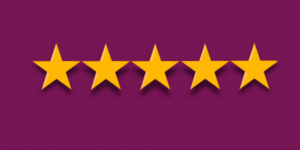
I’m Alicia Butler Pierre and I produced this episode. Audio editing, music production and original score by Sabor! Music Enterprises. Video editing by Gladiola Films. Show notes by Hashim Tale.
You’ve been listening to Scale Tales, a podcast by Equilibria, Inc









